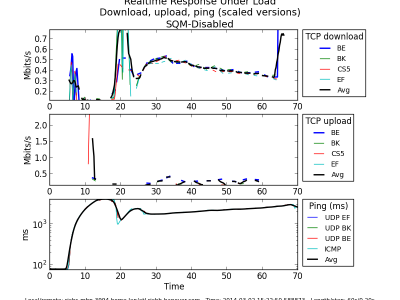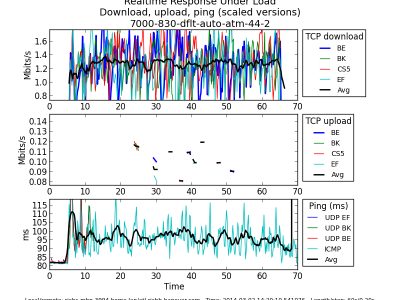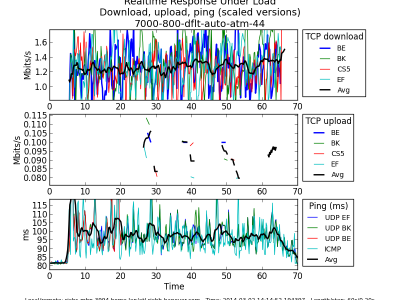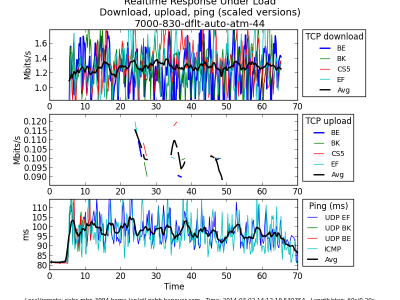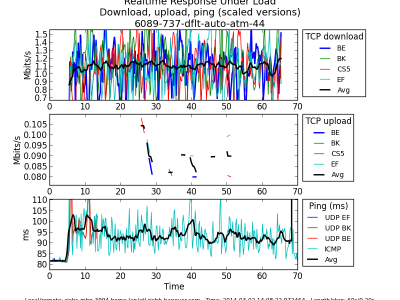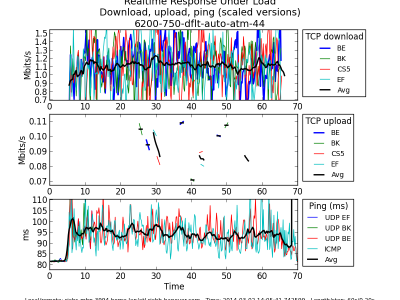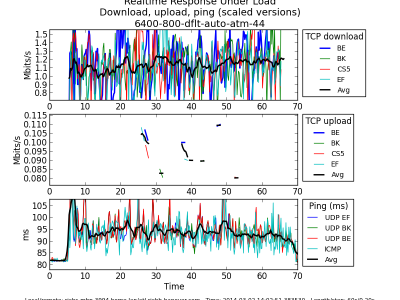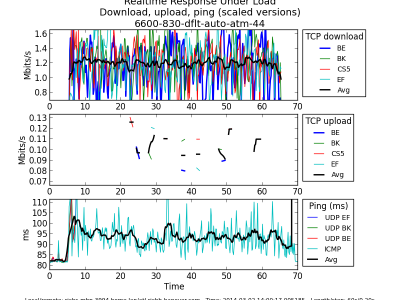There’s a Whitehouse.gov petition posted about Net Neutrality. It’s a little bit of a rant, but I agree with its punchline: No bandwidth modifications of information based on content or its source.
This relates to a comment from Philip Greenspun’s blog (How many times do we have to pay for the same internet service?) If I’m paying my Internet Service Provider (ISP) to provide bits from the Internet to my home, and content providers pay an ISP for getting their bits into the Internet, what’s the problem? Why do the ISPs ask to be paid more for certain content, say, from Netflix?
The problem is that most ISPs (cable company, DSL/phone company, etc.) seriously underprovision their facilities. If every home subscriber ever attempted to use the service (at 3 megabits/second or 7, or 15, or 100, or whatever) that the ISPs advertise, there would be dramatic slowdowns. The ISPs simply don’t have sufficient capacity in place. The “easy out” for the ISP is to brand Netflix and other content providers as “bandwidth hogs” and using “more than their share” of bandwidth.
Two questions come from this:
- If, Netflix, say, did pay more, would my ISP promise to provide great service that didn’t slow down? (I wouldn’t bet on it. They don’t like to promise anything…)
-
Why shouldn’t we consumers treat these bandwidth claims as false advertising? ISPs take our money while promoting a service that they know they have no ability or intention of providing. Wouldn’t that be a fun class-action suit? 🙂
In any event, you can read and sign the Whitehouse.gov petition at http://wh.gov/lwhFt They got almost half the signatures they need in a week; they need another 60K signatures by 24 May to get an official response from the White House. The more publicity on this issue, the better.


